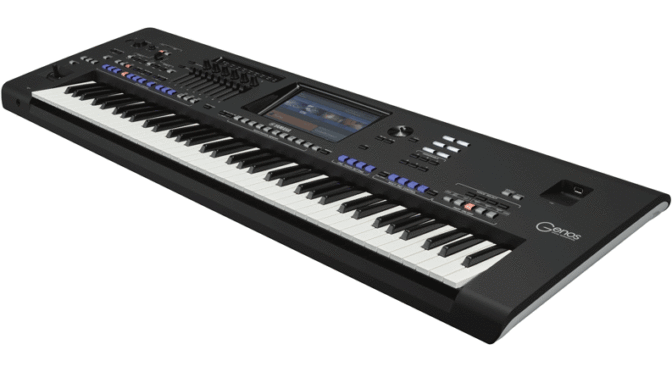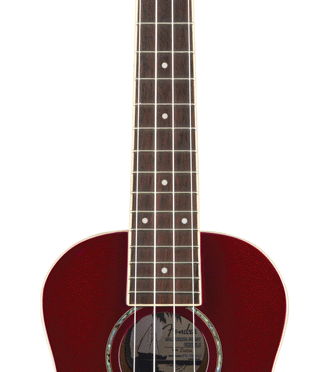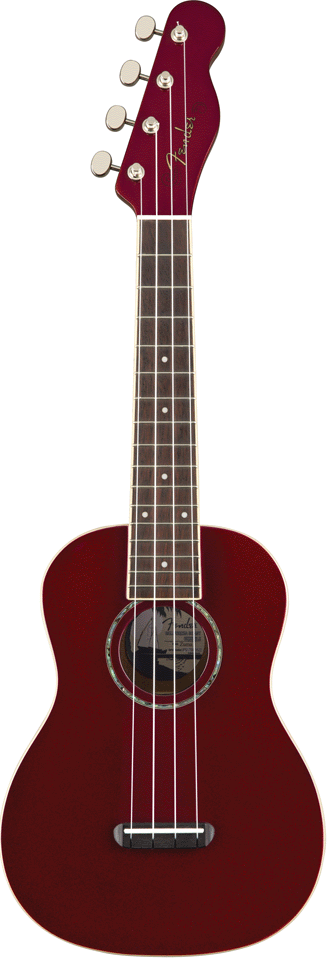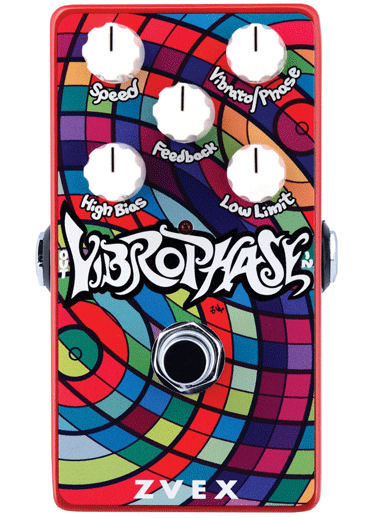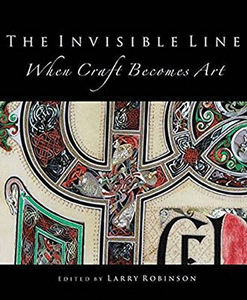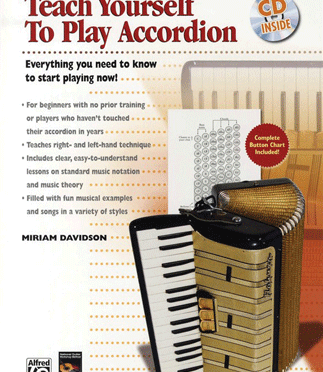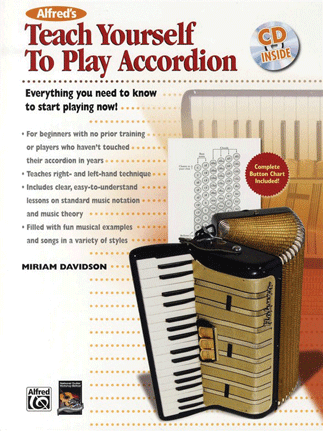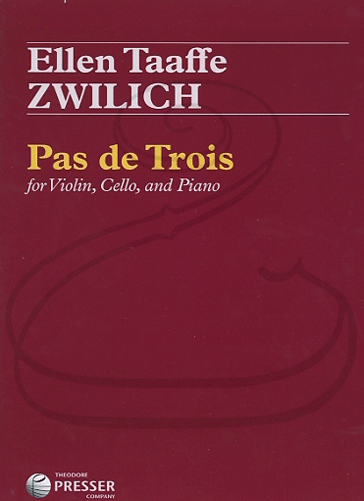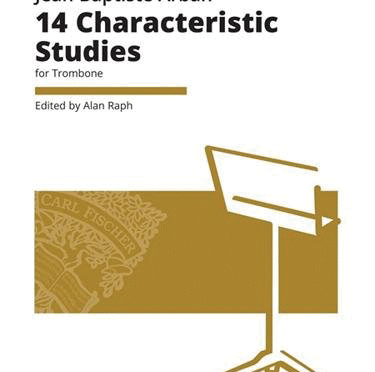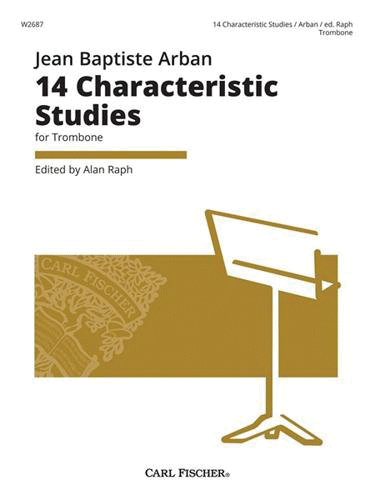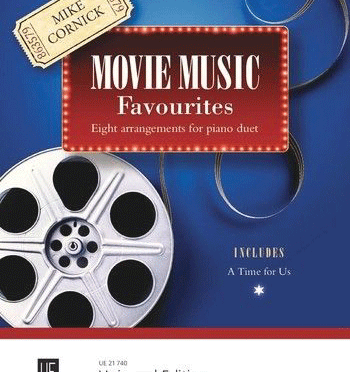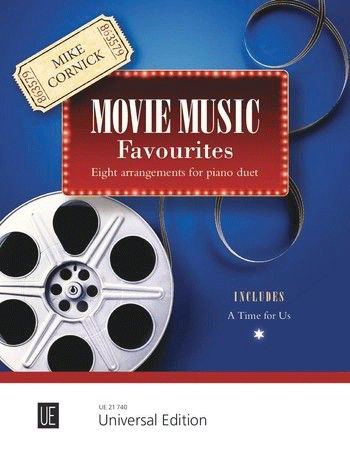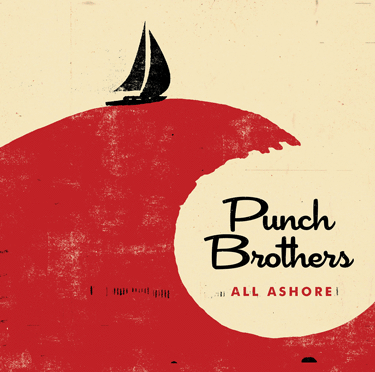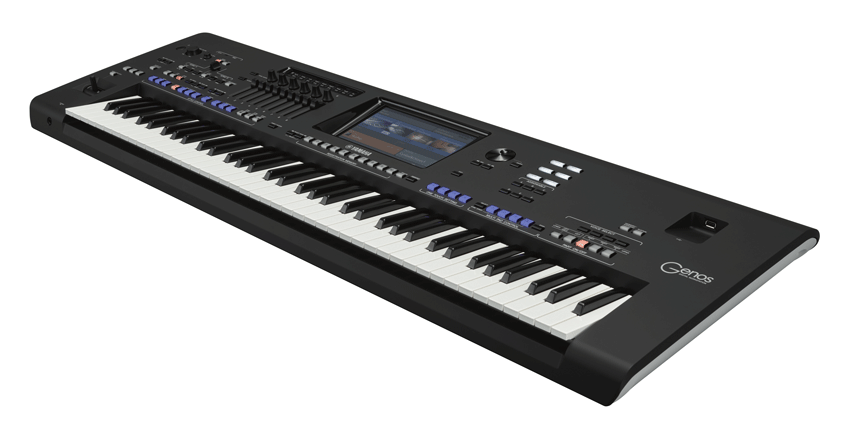
Genos is Yamaha’s most advanced digital workstation keyboard to date. It features a sleek, modern design, breathtaking sounds, 550 accompaniment styles, and robust recording. The semi-weighted keyboard provides enhanced touch response. Genos has a 1.8G internal, nonvolatile flash memory and supports WAV, AIFF, SoundFont, and REX for creating voices and drum kits. The main display is a brilliant nine-inch color touchscreen. Six large Gateway Buttons navigate the major modes of operation. Six assignable buttons let the player cue custom actions or changes. Ten registration buttons (with multiple banks) save and recall Genos panel settings. Registrations can be organized into playlists. Multi pads trigger one-shot musical phrases and hits spice up performances, while the keyboard plays the main instrument voices.


